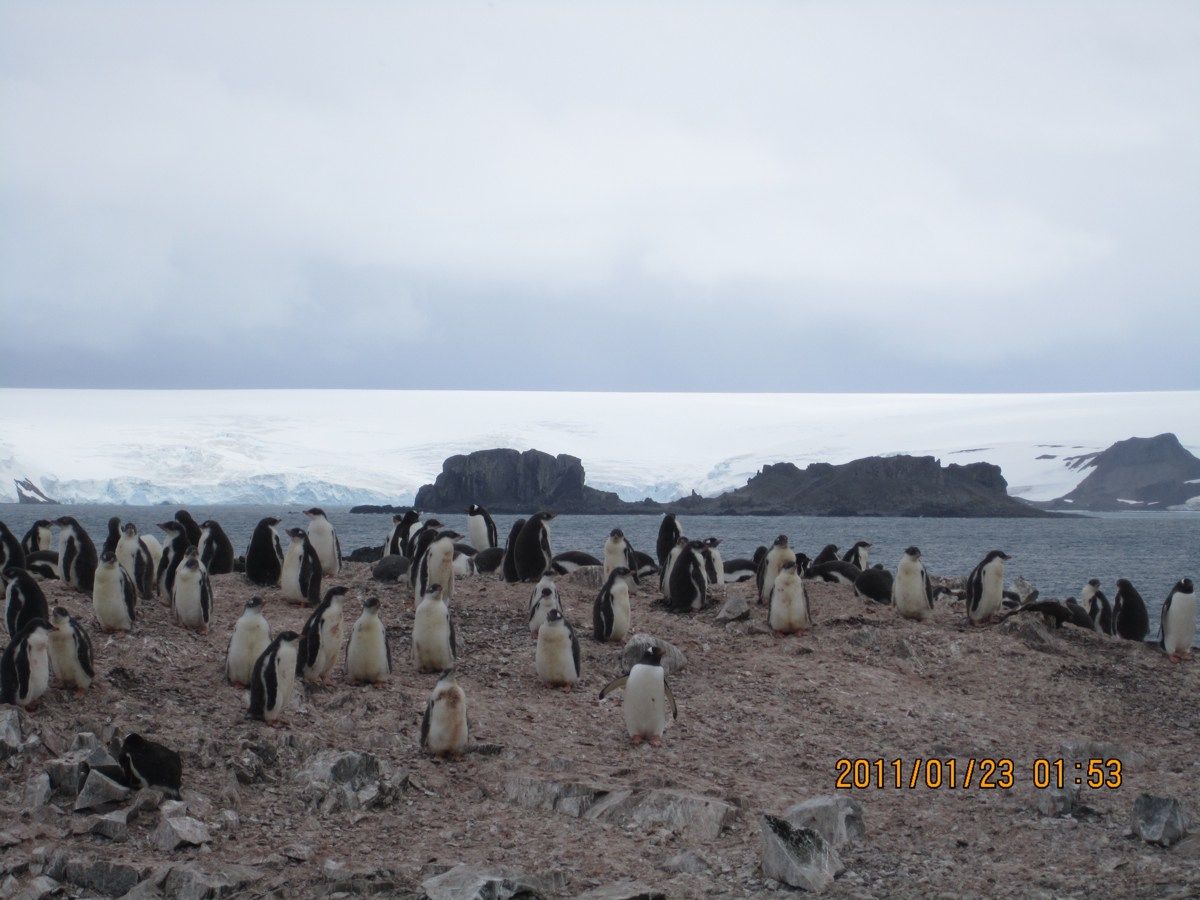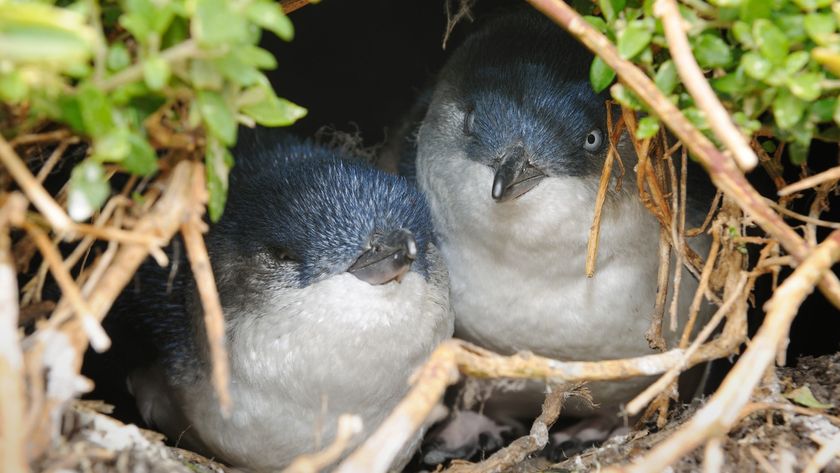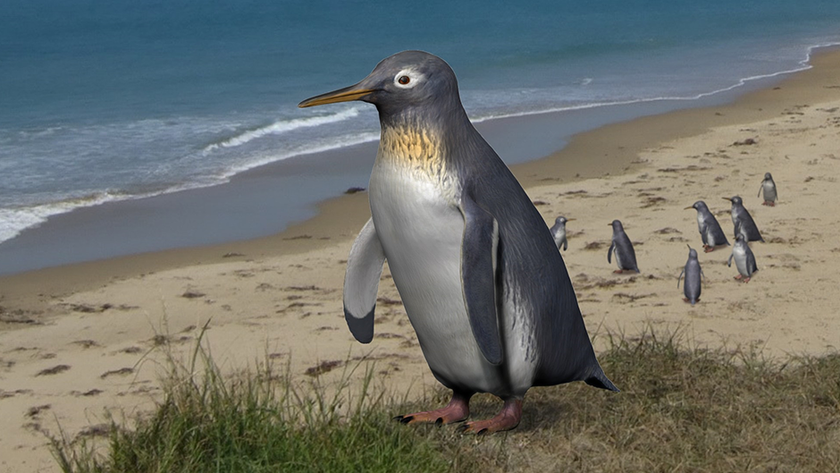Penguins Thrived in Antarctica During Little Ice Age

Penguin populations in the Ross Sea of Antarctica spiked during the short cold period called the Little Ice Age, which occurred between A.D.1500 and 1800, new research shows.
The results run contrary to previous studies that found increases in Antarctic penguin populations during warmer climates and decreases during colder climates, suggesting penguin populations living at different latitudes in the Antarctic may respond to climate change differently, scientists said.
"How ecological systems adapt to climate change is a very important and hot topic," said study researchers Liguang Sun and Zhouqing Xie, who are both environmental scientists at the University of Science and Technology of China in Hefei, China. "Our study suggests that it is not simple to answer this question," they told LiveScience in an email. [See Photos of Chinstrap Penguins Chilling in the Antarctic]
Determining penguin populations
The researchers and their colleagues have been studying the historical changes in penguin populations in the maritime Antarctic for more than a decade. Previous work had suggested the birds actually thrive when the climate is relatively warm, because cold climates increase sea-ice extent, which makes it difficult for penguins to access their beach colonies and waters that are rich in food (krill).
For the new study, the researchers decided to take a look at how the populations of Adélie penguins (Pygoscelis adeliae) changed over the past 700 years in the Ross Sea, a region in Antarctica that is at a higher latitude than previous study sites. They analyzed sediment samples from multiple depths for cholesterol and cholestanol, which are biomarkers indicating soil contamination by animal feces (either from seals or penguins in Antarctica). They also analyzed the samples for two organic compounds related to algae and lichens, respectively.
Based on the variation in the markers, the team divided up the timeline into four periods. Seals dominated the study site during Period I, which occurred between A.D. 1280 and 1490 — the researchers determined the biomarkers came from seals rather than penguins because of the presence of seal hairs in the layers of sediment. After A.D. 1490, seal hairs disappeared from the samples, suggesting the animals left the area and never returned, though the researchers aren't sure why.
Sign up for the Live Science daily newsletter now
Get the world’s most fascinating discoveries delivered straight to your inbox.
According to the biomarkers, penguin populations boomed during Period II (1490 to 1670), declined significantly during Period III (1670 to1950) and increased steadily since then in Period IV (1950 to present).
The amounts of vegetation corroborated the penguin data. Antarctic algae require a lot of nutrients from penguin droppings to thrive, whereas penguin trampling endangers lichens: The evidence shows that algae abundances increased and decreased along with the penguin populations, but lichen abundances showed the opposite trend.
On the rise
The researchers note a number of factors affect penguin populations, including temperatures, sea-ice extent, food, wind and snow cover. The summer temperatures during the Little Ice Age were about 2 degrees C (3.6 degrees F) colder than the previous 200 years — this chilly climate promoted more sea-ice extent, which would normally be detrimental to penguins. [Stunning Photos of Antarctic Ice]
However, ice core samples suggest that strong winds broke up the sea ice during Period II, allowing the birds to access their beach colonies. These winds also likely affected snow precipitation, resulting in low snow accumulation that allowed the penguins to build their nests.
Additionally, the penguins could dive into the pockets in the sea ice to eat krill, which were likely abundant because of all the algae growing under the sea ice (krill feed on algae).
Adélie penguin populationsare on the rise again now, because the climate is getting warmer and the Antarctic is experiencing a reduction in sea-ice extent, the researchers said.
The team is currently trying to track the long-term changes in krill populations by measuring nitrogen isotopes, or atoms of nitrogen with a different number of neutrons, in the feathers and bones of penguin remains. They are also interested in seeing if there are any differences in how other penguin species, including Emperor penguins (Aptenodytes forsteri) and Gentoo penguins (Pygoscelis papua), respond to climate change.
"There are many unanswered and interesting questions, which we are expecting to further investigate," the researchers said.
The team detailed their work today (Aug. 22) in the journal Scientific Reports.
Follow Joseph Castro on Twitter. Follow us @livescience, Facebook & Google+. Original article on LiveScience.












